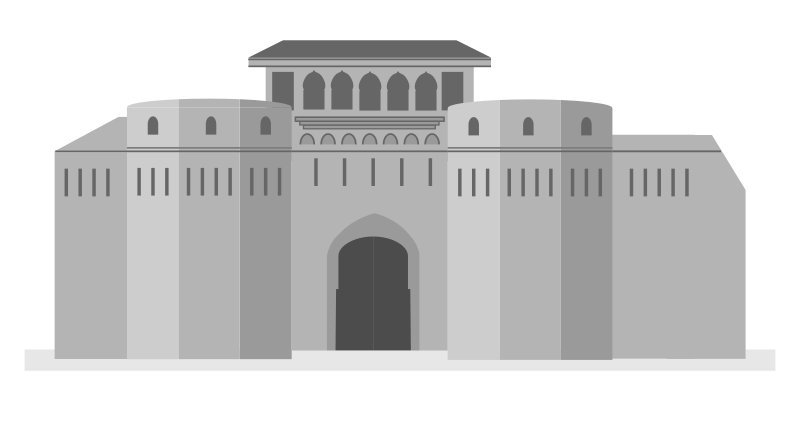The city gates of Jerusalem
Jerusalem had many different gates and a few are mentioned in the prophecy of Jeremiah. Mostly they are referred to during his work as a prophet where at times he was required to go to a particular gate and do something at God’s command.
Let’s look at the gates in the order in which they appear in Jeremiah.
- People’s Gate (Jeremiah 17:19): The text here in Jeremiah says something like “the gate of the sons of the people”. Many translations translate this as “the People’s Gate” or even “the Benjamin Gate” (see below). Apparently kings entered and left Jerusalem through this gate. It was here that Jeremiah was required to deliver a stern warning about keeping the Sabbath. To protect their lives, they were to make sure that they did not carry any burdens into Jerusalem on the Sabbath. Obedience would allow the city to be inhabited forever, while disobedience would cause the gates to be burned with fire.
Have you ever wondered exactly how God’s prophets delivered these sorts of messages? Can you imagine standing somewhere near the gate and shouting to all the people going past? Would you find a wall or a cart to stand on? Could you remember the words to say? Some of the audience would be locals, while some would be merchants from distant lands. What the prophets did for God in the Old Testament was much the same as the disciples did in preaching at Pentecost and afterwards. And the requirements aren’t that much different for us, are they? “Go therefore and make disciples of all nations.”[1]
- Potsherd Gate (Jeremiah 19:2): Opens a way through the wall above the Valley of Ben Hinnom. When potters fire clay pots, some are broken in the process. The name of this gate probably came from having many potters working in the area. The industrial waste they produced had to be disposed of somewhere! Jeremiah was told to take some elders with him and then break a clay pot in front of them. Then, he was to announce that God would break the people and the city in the same way. This was a graphic demonstration of the plans of destruction that God had for Jerusalem. These plans were fulfilled about 35 years later. Possibly the same gate as the Dung Gate.
- Corner Gate (Jeremiah 31:38): Maybe opposite the Horse Gate at a place where the wall went west to surround an extended area of the city in the time of King Hezekiah. This passage was a prophecy of restoration for Jerusalem, describing a sacred area in the city when it was rebuilt.
- Horse Gate (Jeremiah 31:40): Probably leading out towards the Mount of Olives a little south of the temple. Mentioned in conjunction with the Corner Gate (see above), the Horse Gate formed part of the boundary of the sacred area rebuilt for God.
- Benjamin Gate (Jeremiah 37:13; 38:7): Possibly in the northern wall. This may also be another name for the Sheep Gate, but the location is not known. Jeremiah was arrested when trying to leave Jerusalem to visit a property he had inherited, probably in Anathoth. He was beaten and thrown in prison and stayed there many days. Very unfair, but quite typical of the way in which God’s people treated God’s prophets. Poor Jeremiah.
- Middle Gate or “the middle of the gate” (Jeremiah 39:3): May specify the name of a gate, or describe the position within a gate area where King Nebuchadnezzar’s officials met when they were finally able to make a breach in the walls of Jerusalem after a siege lasting 18 terrible months. If it was the name of a gate, it was possibly in the northern wall of the western extension of Jerusalem made in the time of Hezekiah (and may be the gate that was later called the Ephraim Gate).
[1] Matthew 28:19
